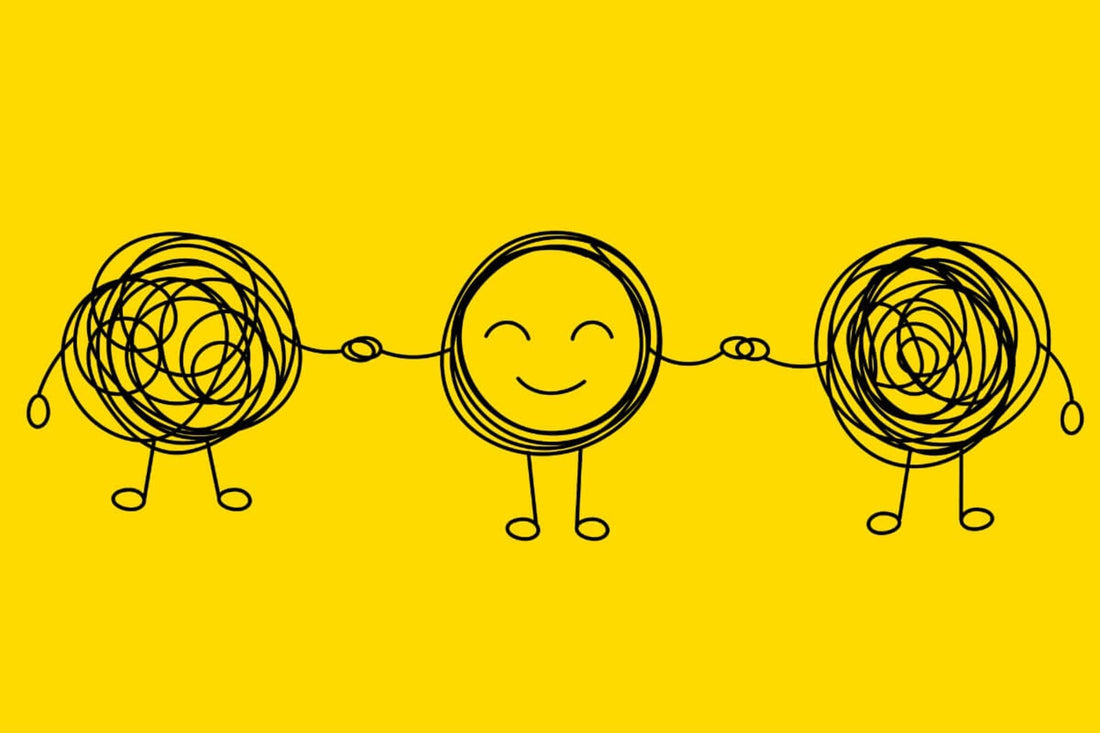Empathy is an important but often overlooked quality in software development. It can mean greater productivity and, ultimately, greater innovation.

Sixty-one percent of people high in empathetic leadership say they are often or always innovative at work, Catalyst research finds. On the other hand, only 13% of people with less empathetic senior leaders say the same.
Software development is often considered a solitary, highly analytical and technical process. And a very important quality is often missing: empathy. But this is crucial to the overall business development and success.
Increasingly, the software development community is recognizing the importance of empathy, so much so that it has coined a term to bring this so-called interpersonal skill into the process: Empathy-Driven Development, or EmDD. Today, a growing number of organizations that focus on building software have centered their cultures around this practice.
Is empathy as important as – or possibly even more important than – technical skills? How can you incorporate it into your software development process?
5 benefits of empathy-based development
1. Better understanding of users
Empathy is feeling what others are feeling. By approaching development with this mindset, you'll be better equipped to see the product from the user's perspective – which, in turn, will make your software easier to use.
2. Less prejudice
Prejudice may seem inevitable. Software is built by people, and people bring their own biases and beliefs to the process, even a process as technical as this. However, an empathetic attitude can allow engineers to consider multiple angles and dispel biased ideas, allowing them to incorporate understanding.
3. Better problem solving
Often times, when things go wrong – which, let's face it, is quite common in the software development process – team members get stuck. An unfortunate side effect of this is blame – people who should be working together blaming each other. This is a recipe for disaster.
Empathy, however, lays the foundation for more productivity in the development space. Instead of blaming each other, developers will be prepared to work together to solve problems .
4. Better team dynamics
This, in turn, leads to better overall team dynamics. You are setting the stage for a more collegial environment with superior communication and collaboration. This, of course, will mean stronger ties – a critical part of the software development process.
5. Greater innovation
An empathetic environment is one that stimulates creativity. Developers are more motivated and feel supported. They have space to experiment and innovate without guilt for making mistakes and with the knowledge that their leaders will encourage them. This, in turn, leads to increased creativity, necessary to produce that spark that is the difference between good software and great software.
How to implement EmDD
1. Embed empathy into the culture
Empathy starts at the top – with leadership. Leaders need to build an empathetic culture, and they can do so by employing an understanding and unbiased approach to hiring, nurturing and supporting employees, and encouraging collaboration and communication. They should make developers aware of the many benefits of EmDD and offer guidelines for putting it into practice, as well as emphasizing diversity, equity, and inclusion.
Leaders should also avoid being too harsh on employees who make mistakes. Instead, they should use them as learning opportunities, as well as give them space to experiment and fail without consequences.
2. Study the Code of Others
Professional developers can learn a lot from their colleagues. By studying other developers' code, they can gain insights into diverse mindsets and perspectives . This will not only lead to building better code but also change the developer's approach. It means using evidence to construct an alternative point of view, distinct from your own. And isn’t that what an empathetic mindset and process is all about?
When you look at code that other developers have created, you think from their perspective, allowing yourself to consider different angles and thoughts.
3. Put yourself in users’ shoes
At the center of your code is the user. Even if you're not a UX designer, you should always approach your project with the user in mind – this is the person behind the product, the one who will experience it. But without empathy, you simply won't be prepared to fully put yourself in the user's shoes.
You must be able to, well, empathize with them, understand their needs and desires. So when you're approaching the project, look at it through their lens. What do they need your software to do? What problems will this solve for them? Why would they choose it over another product? Try to connect with them by creating user personas to create a picture of who these people are, contextualizing their experiences.
4. Meet colleagues
Teamwork and support are the backbone of software development. To better understand your team members and their approaches, take the time to get to know them. This will allow you to work better together.
Truly listen to them. Answer your questions carefully. Accept your comments and constructive criticism graciously. Don't act like the team hero — remember that everyone is bringing their own talents and skills to the project, and when you collaborate effectively, you'll create a quality product together. Recognize that your successes and failures are shared.
Empathy may not necessarily be something you commonly associate with software development, but it is nonetheless fundamental to the process. It means taking on different perspectives, understanding the challenges and responsibilities of others, and valuing both users and team members. It also means having the ability to navigate obstacles and complex situations – something that is critical when you do such complex work.
Ultimately, by taking an empathetic approach to software development, you will inevitably create better projects – and be a better leader and technology professional.
Source: BairesDev




















































